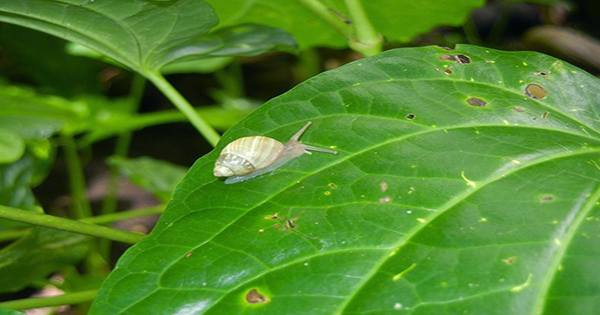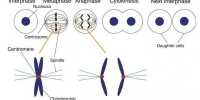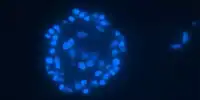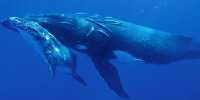The catastrophic decision to introduce non-native snails in Tahiti has led to the extinction of 56 species of tree snails. Yet a handful survived. Using the world’s smallest complete computer, biologists have come up with the most striking explanation of these exceptions in communication biology, perhaps improving our chances of preserving what remains. Snails may be of little interest to the general public, but the South Pacific land snails share a huge margin of animals whose extinction is the fault of humanity. For example, tree snails from the Society Islands (including Tahiti) were called; “Darwin Finch in the world of snails.”
Their extraordinary abundance, adapting to a slightly different ecological niche with at least species 61 species, presented a wealth of resources for biologists to understand the evolutionary functions of the microcosm. A century ago light shell snails, such as the partula hyalina, were reported to occur more frequently in areas with more sunlight. Long before that, p. The white shells of hyaline made it especially important to Polynesians, who used it for jewelry and lace. Then came the foolish decision to introduce giant African land snails in the South Pacific to diversify available food sources. Worse still, it was the decision to introduce a rosy wolf reed, a reptile species in North America, to undo the previous mistake.
The disaster was resolved in 1974. Forty years later, Australia’s attempts to control an invasive species with another turned into a globally recognized disaster. Professor Diarmaid Ó Foighil of the University of Michigan said in a statement, “Never before have native tree snails been deliberately introduced to hunters like the wolf’s claws. It can grow on trees and very quickly lead to the local extinction of most of the valley’s population.”
Most of the few survivors are stationed at high altitudes or in isolated valleys. Fughil wanted to know why P. Hyalina is the exception. He suspected that their white shells were a formula, reflecting so much sunlight that it could survive in conditions that would heat its darkened shells.
















